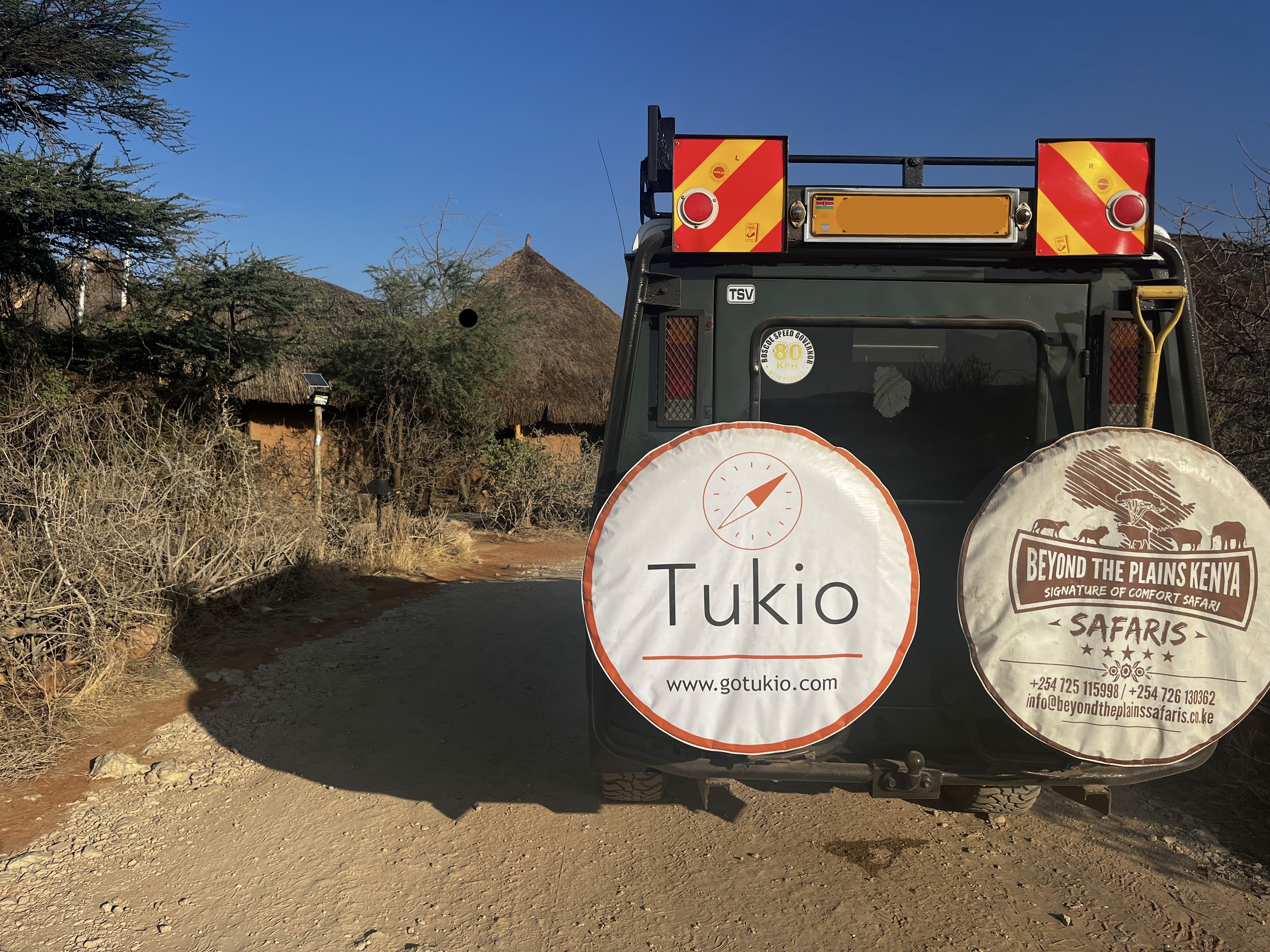Going on safari in Africa is one of those once-in-a-lifetime experiences many travelers dream of. The idea of seeing lions in the wild, elephants walking across the savannah, or giraffes grazing under an acacia tree is magical.
But let’s be honest: if you’re starting from zero, the planning process can feel overwhelming.
Where do you even begin? How do you choose between Kenya, Tanzania, or South Africa? What about costs, flights, visas, or vaccines?
This guide will walk you step by step through how to plan a safari trip in Africa from scratch, so that by the end you’ll know exactly where to start and how to turn your dream into reality.
1. Define Your Safari Goals
The first step is asking yourself: What do I want to experience most?
Wildlife spectacles? → Think about the Great Migration in Kenya and Tanzania (July–October).
Big Five sightings? → South Africa’s Kruger, Masai Mara and the Serengeti are famous for this.
Off-the-beaten-path adventure? → Namibia or Botswana offer remote, intimate safaris.
Combination trips? → Many travelers mix safari with beach (like Zanzibar or Diani Beach).
💡 Tip: Write down your top 3 priorities (e.g., migration, family-friendly, or photography). This will shape the rest of your planning.
2. Choose the Right Country
Africa is huge, and safari experiences vary greatly. Here are the top destinations to consider:
Kenya: Classic safaris, Maasai Mara, Amboseli, and great family options.
Tanzania: Serengeti and Ngorongoro Crater, perfect for migration-focused trips.
South Africa: Accessible, malaria-free reserves, and excellent for first-time travelers.
Botswana: Luxury and exclusive experiences, especially in the Okavango Delta.
Namibia: Ideal for self-drive safaris in Etosha and dramatic desert landscapes.
Uganda & Rwanda: Famous for gorilla trekking combined with traditional safaris.

3. Decide on Your Travel Dates
Your travel dates will determine what you see.
June–October: Peak season, dry months, easier wildlife spotting.
July–October: The Great Migration river crossings in Kenya/Tanzania.
November–March: Shoulder season, fewer crowds, lush landscapes, excellent for birdwatching.
April–May: Long rainy season in East Africa — fewer tourists, lower prices, but some lodges close.
💡 Tip: If your schedule is flexible, travel during the shoulder season for a balance of value, good weather, and fewer crowds.
4. Set Your Budget
Safaris can range from $150 per day (budget camping safaris) to $1,500+ per day (luxury lodges). Key cost factors include:
Accommodation: Lodges, tented camps, or camping.
Transport: Private guide, group tour, or self-drive.
Park fees: Vary by country and park (e.g., Maasai Mara vs Serengeti).
Extras: Domestic flights, tips, and optional activities.
💡 Tip: A realistic mid-range safari is around $300–500 per person per day.
5. Pick Your Safari Style
Group tours: Affordable, social, and include transport, meals, and guides.
Private guided safaris: More flexibility, ideal for families or couples.
Self-drive safaris: Best in Namibia or South Africa if you want independence.
Fly-in safaris: Save time by flying between camps, but cost more.

6. Book Accommodation Early
Safari lodges and camps have limited availability, especially during migration season. Popular lodges in the Serengeti or Maasai Mara can book out 6–12 months in advance.
💡 Tip: If you want flexibility, mix it up:
A few nights in a budget camp.
A couple nights splurging in a luxury lodge.
Stay inside the park if possible for early game drives.
7. Plan Flights and Logistics
International flights: Nairobi (Kenya), Kilimanjaro/Arusha (Tanzania), Johannesburg (South Africa) are main gateways.
Domestic flights: Often necessary for remote areas (like Serengeti or Okavango Delta).
Ground transport: Private vehicle, shared safari van, or 4x4 rental.
💡 Tip: Check flight connections early. Some safari hubs don’t have daily flights.
8. Visas, Vaccines & Travel Documents
Visas: Most countries require an e-visa. Apply online before arrival.
Vaccines: Yellow fever, hepatitis A/B, and typhoid are commonly recommended.
Medication: Malaria prophylaxis is essential in many safari regions.
Insurance: Make sure your travel insurance covers safari activities.
9. What to Pack for a Safari
Packing smart will save you money and stress.
Clothing: Neutral colors (khaki, beige, olive), light layers, a warm jacket for mornings.
Shoes: Comfortable walking shoes or light boots.
Accessories: Hat, sunglasses, sunscreen, insect repellent.
Gear: Binoculars, camera with zoom lens, reusable water bottle.
💡 Tip: Most lodges offer laundry service, so pack light.
10. Add Extra Experiences
A safari doesn’t have to be only game drives. Add variety with:
Hot air balloon rides (Kenya/Tanzania).
Walking safaris (Zambia, Botswana).
Cultural visits (Maasai or Himba communities).
Beach escapes (Zanzibar, Diani, Mozambique).

11. Work with Safari Experts
At Gotukio.com, we knew travelers needed more than just inspiration. They needed clarity, confidence, and convenience. That’s why we created something that has never existed before: the world’s first AI Safari Assistant that doesn’t just suggest — it books.
Here’s what makes it revolutionary:
🏨 Real-time availability: Hotels, camps, and lodges are pulled directly from our database of trusted partners.
🚐 Transfers included: From airport pickups to bush flights, every detail is accounted for.
🎟️ Excursions integrated: Game drives, cultural visits, balloon safaris — all matched to your preferences.
💳 Instant booking: The itinerary isn’t just an idea. It’s ready to confirm in a few clicks.
Try our AI SAFARI ASSISTANT HERE.

Final Thoughts
Planning a safari from scratch may feel intimidating at first — but once you break it down step by step, it becomes exciting. By defining your goals, setting a budget, and choosing the right country and style, you’ll transform the dream into a clear plan.
Africa is waiting — and your safari adventure is closer than you think.






